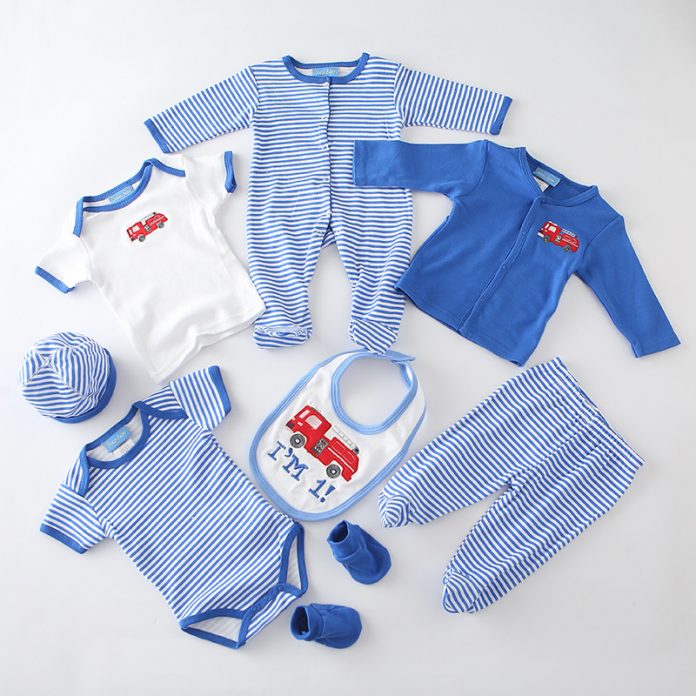Last Updated on April 10, 2024 by Ali Hamza
Clothing is anything that people wear on their bodies. It is typically made of fabric, though it can also be animal skin, thin sheets of material, or natural products. Symbolism and political stances are also part of the world of fashion. In this article, you’ll learn more about the many different types of clothing and their uses.
Functions of clothing
In its most basic form, clothing is used to protect a person from the elements. It provides protection from the sun’s ultraviolet rays and wind damage, and provides thermal insulation. Although the primary function of clothing is comfort, it serves other purposes as well, such as making a person look more stylish or unique. Clothing can also be used as camouflage, enabling a person to blend into the surroundings or hide from an attacker.
Another function of clothing is its ability to change a person’s mood. In a recent study, scientists studied the relationship between mood and perceived functions of clothing. This study involved 60 male and female students in the United Kingdom. They were asked to indicate the reasons they deemed a particular piece of clothing important to them, as well as the functional and mood-related benefits they perceived the clothing to have. They also completed a general satisfaction survey about their clothing and described their personal financial circumstances.
As an example of how clothes can be functional, the most popular types of clothing for active lifestyles include military apparel, sportswear, and technical apparel. These types of clothing can be made of a wide range of different materials and can be used to serve a variety of purposes. They can be durable and resistant to wear and tear, be comfortable to wear, protect from precipitation, and even be environmentally friendly and biodegradable.
Materials used to make clothing
The materials used to make clothing are often harmful to the environment and are not good for human health. Among the materials used in clothing are azo dyes, which are known to cause cancer, and halogenates, which are highly toxic to aquatic organisms and have been banned in Europe. Whether a garment was made of a particular material isn’t always easy to determine, but there are a few things to keep in mind.
One of the most common materials used to make clothes is cotton. It makes up nearly half of all textile fabrics. Despite the numerous benefits of cotton, it’s not the most eco-friendly fabric. In fact, cotton production consumes vast amounts of water and requires pesticides. Also, cotton often comes from genetically modified plants.
Wool is another popular material used for clothing. Wool can be lightweight or thick, and it can be used for a wide variety of apparel. Animal fibers like wool are often made from animal hides, which require very little processing. While these materials aren’t the most environmentally friendly, they do offer the best protection during cold winter months.
Another problem with the clothing industry is pollution. It’s estimated that over 90 million tons of textile waste are created each year. This waste includes unused clothing and items that are never sold in stores. Eventually, the waste is burned or thrown into landfills. The clothing industry should work towards reducing its impact.
Symbolism in clothing
Symbolism in clothing refers to decorations on clothing that have specific meanings for the wearer. These symbols can be chosen by the wearer or may be representative of a personal trait. These symbols can also represent social status or a particular cultural value. Symbols on clothing are often subjective, but cultural values in dress can enhance individual self-significance.
Symbols can be images, colors, and even written words. These items add meaning to an outfit and can be conversation starters. Wearing symbolic clothes can also be a great way to express yourself creatively. Most clothing designs are abstract, but there are ways to make them meaningful and catch people’s attention.
Clothing has always been used to communicate, either explicitly or implicitly. It has been used to signify class, gender, socioeconomic status, religion, and so on. The aristocracy used clothing as a way to project their desired personal image. This practice was also regulated by sumptuary laws in medieval times.
The role of clothes in society has long been linked to morality. For example, in the novel The Awakening by Kate Chopin, clothing represents the way a woman should relate to her surroundings. For instance, during the summer voyage, Edna discards her layers of clothing to become a free woman.
Political stances in fashion
Political stances in fashion can be seen in a variety of different ways. Fashion is a social and political medium, and it evolves along with human need, technology, and economic demand. One of the most basic principles of fashion is equality, and feminists have been addressing this issue ever since women first entered the workforce. Most recently, the collapse of the Rana Plaza garment factory in Bangladesh brought about an increased concern among consumers about the origin of clothing. The collapse raised awareness about the conditions of clothing production, including forced labor and unfair labor conditions.
Fashion designers have increasingly taken a stand on social issues and political issues through their collections. For example, designer Vivienne Westwood wrote a book called “Get a Life” that encourages people to engage in political activism and speak out. This type of activism has become more prevalent as the fashion industry has struggled to maintain its apolitical position. However, some designers have found success by supporting human rights causes and promoting political ideals. For example, in 2016 the fashion designer Pyer Moss showed a collection featuring slogans from the “Black Lives Matter” movement. The campaign was widely supported by the media and helped the designer earn an additional $120,000 in business sales.
While some people prefer that political issues stay out of fashion, others find the power of fashion to be irresistible and can draw crowds to a store. Political stances can help a fashion brand stay relevant, but it does require more than virtue signaling. Fashion brands have to be on top of current events to stay relevant and keep up with political trends.
Importation of used clothing
The importation of used clothing can be a challenge. There are several restrictions on it, and the duty rates can vary. For example, the United Kingdom imposes a 12 percent duty on used clothing. Other countries require that the clothing be fumigated, which can make importing used clothing difficult. Likewise, countries such as Chile and Costa Rica require that used clothing be certified for safety before they allow the import. In some cases, you may even need to obtain a special import permit before you can import used AI for Clothing And Apparel Site Selection.
Several countries, like the Philippines, have adopted policies to curb the import of used clothes. The Philippines, for example, has banned the import of used clothing to protect its textile industry. Meanwhile, countries like Zambia and Pakistan have no restriction on the importation of secondhand clothes. These countries are increasingly facing economic and environmental challenges that could affect their textile industries.
However, the Bureau of Customs has been challenged in stopping or regulating the importation of used clothing. According to Salceda, it’s not easy to enforce the law. While there are tariff lines set aside for the import of used clothing, the practice seems to be legal as the police do not raid used clothing shops.
The import of used clothing has become an important source of revenue for developing countries. The United States and UK are the largest exporters of used clothing. However, Uganda and Tanzania have recently implemented legislation to increase taxes on imported used clothing. In 2016, Rwanda imposed a four-kilogram tax on used clothes. This tax is set to rise to $5 per kilogram in 2018. The Rwandan finance minister stated that the move was necessary to ensure that used clothing prices would not impact the country’s domestic textile industry.
Apart from this if you are interested to know more about Bape Clothing Shop then visit our Fashion category

























